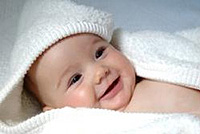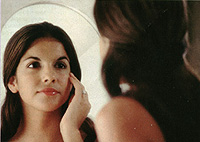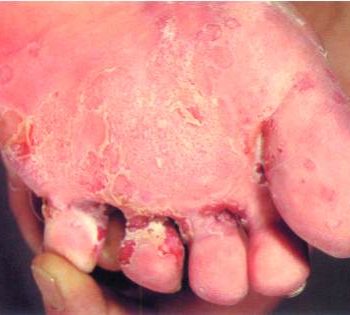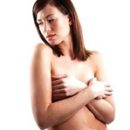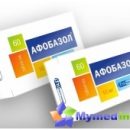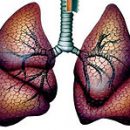Causes of silent inflammation. How does the disease occasion? Treatment of skin infectious disease.
Content
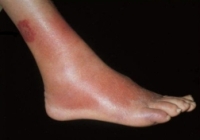 Annotation: Flash inflammation is an infectious disease, which is externally manifested by inflammation of the skin, in most cases — on the foot. Disease pathogen — STREPTKOKK A — penetrates the body through damage to the skin and is activated against the background of weakened immunity. Conducting rye factors can become adverse external conditions and some diseases. In the treatment, an integrated approach is applied, including antibiotics, antiseptics, ointments, vitamins and a number of other drugs.
Annotation: Flash inflammation is an infectious disease, which is externally manifested by inflammation of the skin, in most cases — on the foot. Disease pathogen — STREPTKOKK A — penetrates the body through damage to the skin and is activated against the background of weakened immunity. Conducting rye factors can become adverse external conditions and some diseases. In the treatment, an integrated approach is applied, including antibiotics, antiseptics, ointments, vitamins and a number of other drugs.
Silent inflammation of the leg is infectious diseases of the skin of bacterial origin. Caused by a hemolytic streptococcus group A and manifested by skin inflammatory processes and intoxication. In the ranking of infectious pathologies, it takes the fourth place, passing forward only the ARZ, intestinal diseases and viral hepatitis.
Causes of the disease
Sources of infection
The causative agent of the disease is on the skin almost constantly, but can be activated only under favorable conditions. Infection occurs through the lymphogenic path or skin damage. It is also possible through medical instruments that are not properly processed. Ryzh can sometimes manifest themselves on the face, neck and torso, but the most vulnerable to her shin.
At-risk groups
People who, because of their professional activities, are experiencing a number of unfavorable factors, due to their professional activities: skin pollution, frequent microtraums and sharp air temperature changes. The risk group includes drivers, movers, builders, military and representatives of some other professions. The likelihood of corrosive diseases is also great among women of the older age group.
Factors provoking the development of the disease
The disease begins to develop under the influence of a number of provoking factors:
- Strong supercooling of the body or overheating;
- Stresses and strong emotional shocks;
- bruises and injuries;
- Insolation (Tan).
A number of diseases can be the background for the development of a brood inflammation of the legs: diabetes mellitus, obesity, thrombophlebitis, varicose veins, foot fungus, trophic ulcers, alcoholism and a number of somatic diseases that reduce body immunity.
Leakage of the disease
Streptococco, penetrated through the surface of damaged skin in deeper layers can be there for a very long time, in no way showing itself. According to statistics, its carriers are about 15% of the population, which are not even suspected of a threat.
When activating the virus, its incubation period usually lasts 3-4 days, but the first symptoms can manifest itself in a few hours. Fruit inflammation of the leg can flow in three forms: light, medium and heavy.
Symptoms and consequences
The primary manifestations of the grinded inflammation of the legs are a sharp increase in body temperature to 39-40 degrees and the development of intoxication, the appearance of weakness, muscular and headaches. When proceeding in heavy form, convulsions, nausea, vomiting and delusional states are possible. After a day, signs of skin inflammation on the leg appear, which are accompanied by sensations of burning, local temperature and swelling. Then the affected area becomes bright red, with clearly defined edges and inflammatory shaft on the periphery. Acute grinding inflammation lasts 5-15 days, then inflammatory phenomena gradually pokes and skin begins to peel. At the site of inflammation, the skin remains pigmented. With severe form, it is possible to detract the epidermis (top layer of the skin) and filling the space formed by serous or hemorrhagic content with the formation of bubbles. A consequence of such forms of the disease can be the formation of long non-healing trophic ulcers.
Recurrent
The risk of recurrent silent inflammation of the legs is preserved for two years after an acute form.
Treatment
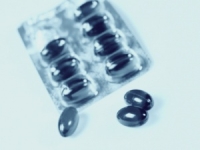 In the treatment of the disease, the temperature is first knocked down with antipyretic drugs. Next, the course of antibiotics is appointed to which the causative agent of the disease is sensitive. Usually used preparations of penicillin row in large doses for one and a half weeks. With recurrent inflammation to antibacterial therapy, hormonal preparations are added, for example, prednisone. Local treatment of the lesion focus is carried out by antiseptic solutions and ointments.
In the treatment of the disease, the temperature is first knocked down with antipyretic drugs. Next, the course of antibiotics is appointed to which the causative agent of the disease is sensitive. Usually used preparations of penicillin row in large doses for one and a half weeks. With recurrent inflammation to antibacterial therapy, hormonal preparations are added, for example, prednisone. Local treatment of the lesion focus is carried out by antiseptic solutions and ointments.
At the same time, vitamins, biostimulants and drugs that increase immunity are prescribed, if necessary, are prescribed tools that reduce the permeability of small vessels. Also physiotherapy, cryotherapy, local ultraviolet irradiation, the impact of high-frequency current and laser heatherapy in the infrared range can be appointed. Treatment of the disease does not cause special difficulties if it is not launched and has not passed into a hard form.



